The Andaman and Nicobar Islands, located in the southeastern part of Asia, are more than just a stunning tropical getaway. These islands connect the Bay of Bengal and the Andaman Sea, creating a unique and fascinating location.
Known for their beautiful beaches, dense green forests, and amazing underwater world, the islands attract visitors from all over the globe. But beyond their natural beauty, the Andaman and Nicobar Islands hold a special place in India’s rich and diverse heritage, offering a glimpse into a unique culture and way of life.
The Andaman and Nicobar Islands are not just famous for their stunning views and wildlife. What makes them truly special is the indigenous tribes who have lived here for thousands of years. These tribes were the first people to call these islands home, long before modern civilization reached the shores.
The tribal people live simple lives, depending on nature for their food and shelter. They hunt, gather, and live in harmony with the environment. They have stayed away from the outside world, keeping their traditions and way of life unchanged for centuries.
These tribes give us a glimpse into how humans lived in ancient times. Their unique customs and traditions make them fascinating to learn about. Let’s explore more about their history, origin, and how they live today to truly understand and respect their special place in the world.
The Andaman and Nicobar Islands are home to some of the world’s oldest tribes, divided into two main groups: the Negritos and the Mongoloids. Let’s learn about their origins and how they came to these islands.
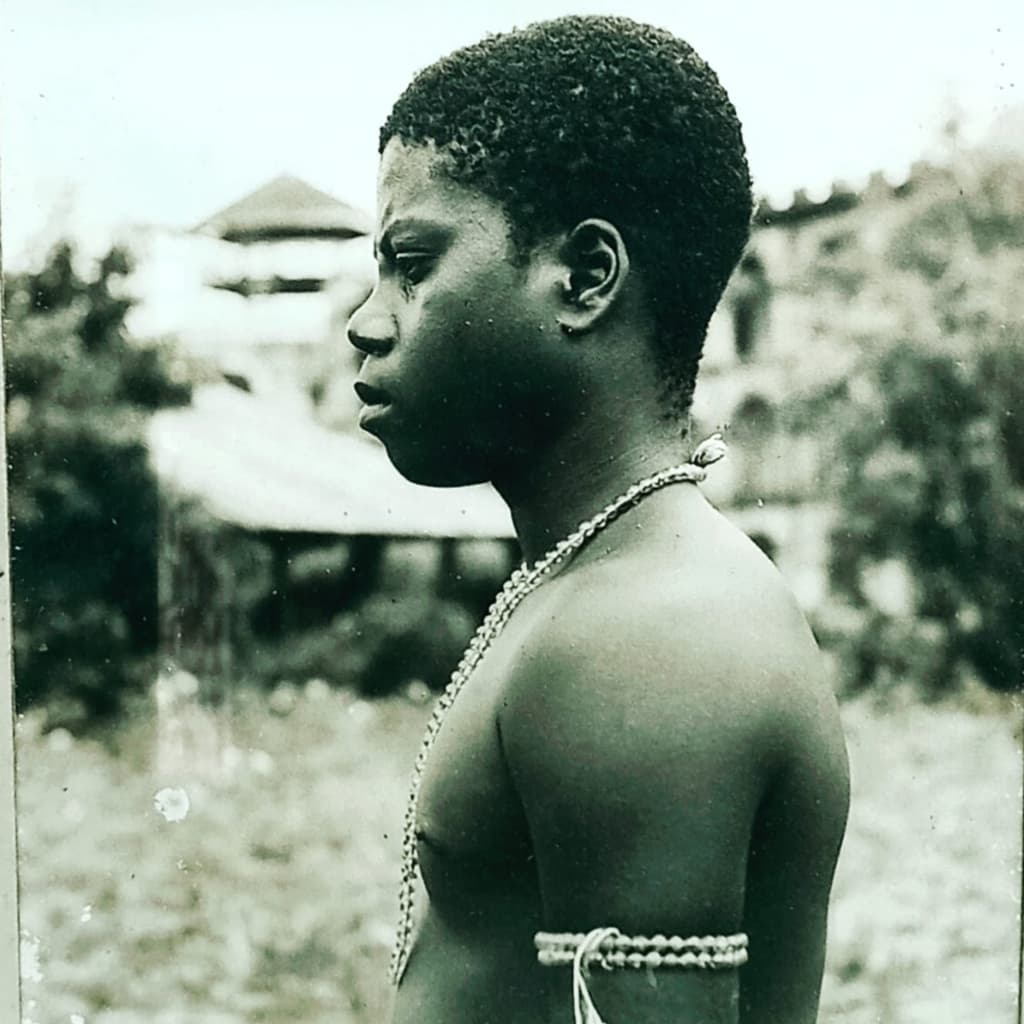
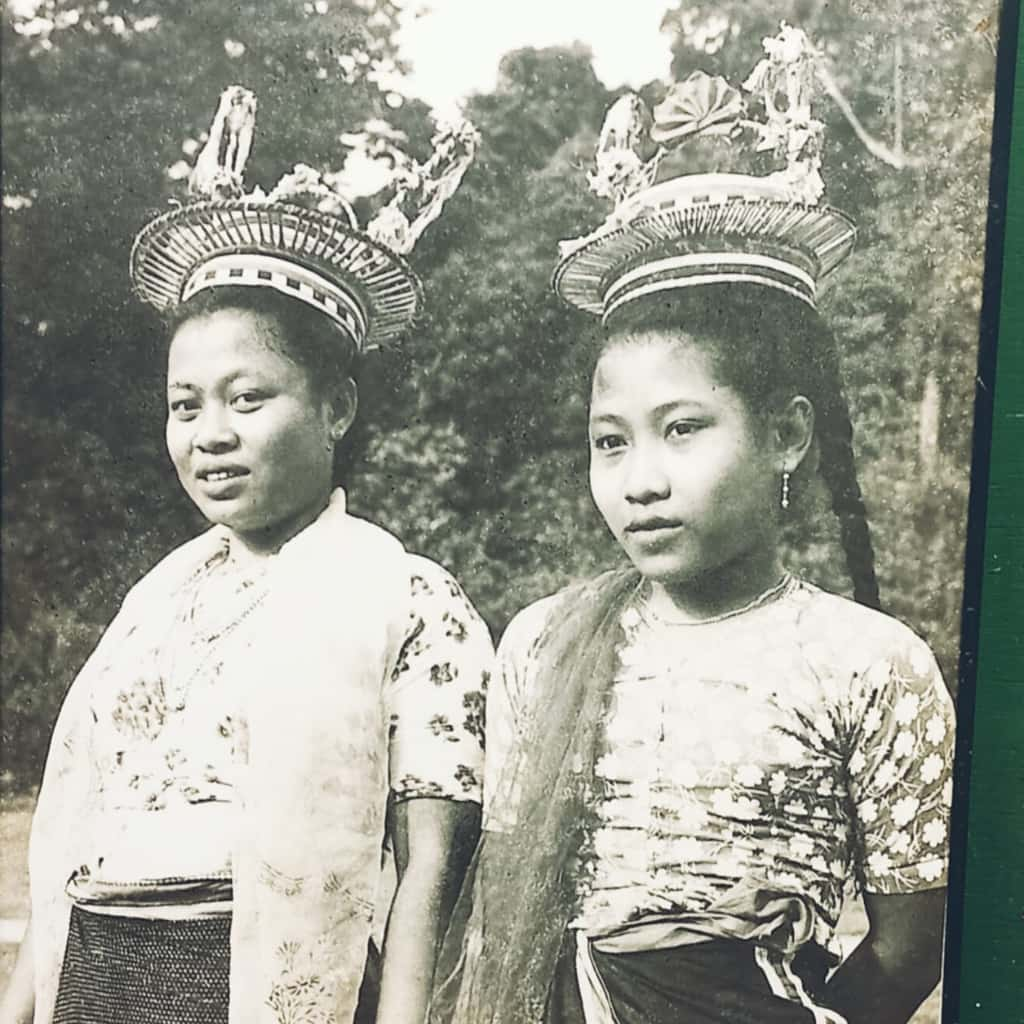
Negritos
The Negritos are believed to have come from Africa around 60,000 years ago. They were the first people to settle on these islands. They have dark skin and curly hair, which connect them to their African roots.
Mongoloids
The Mongoloid tribes came to the islands much later, traveling from areas near present-day Malaysia and Burma (Myanmar). They have features that resemble people from Mongolia and have lived here for thousands of years.
These tribes are an important part of the islands’ history and give us a glimpse into the early days of human life.
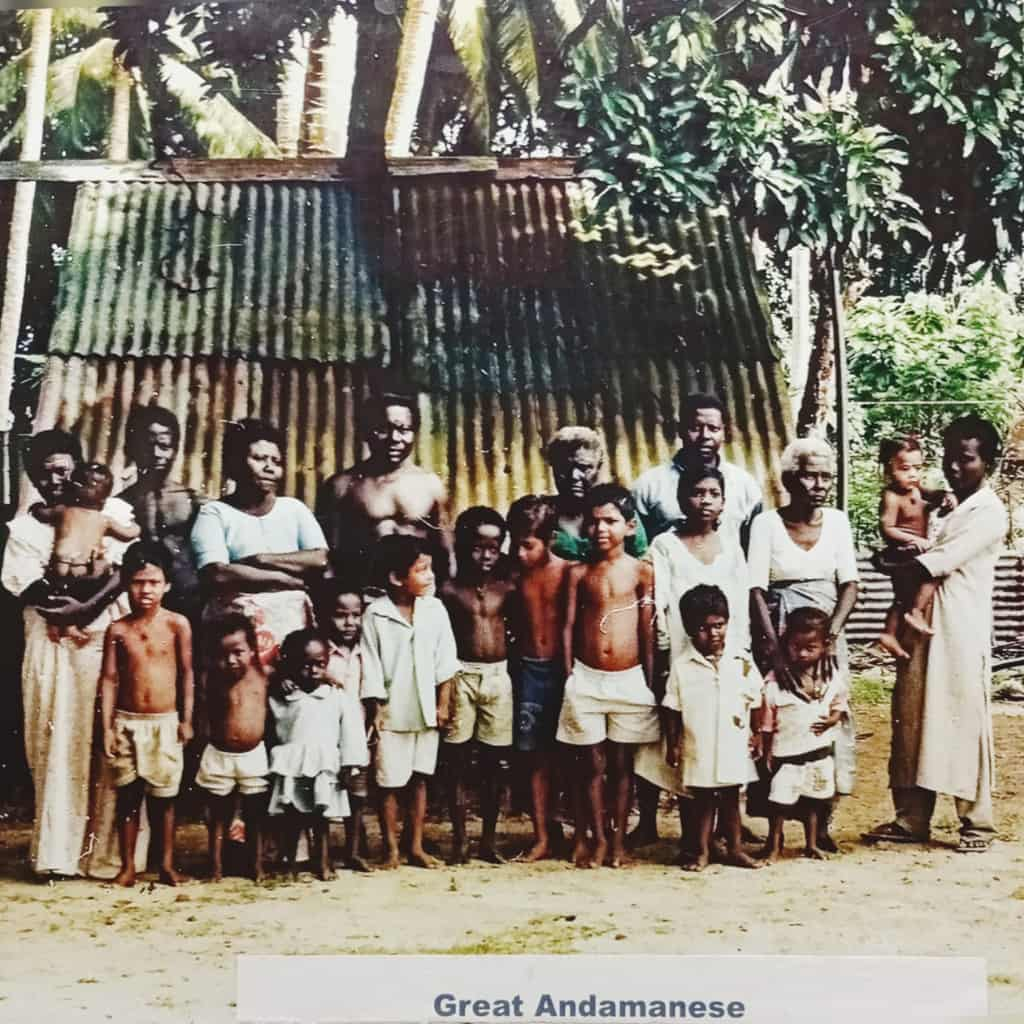
The Great Andamanese Tribe is one of the first groups of people to live on the Andaman Islands. Long ago, they were a large and strong community with thousands of members. They fiercely protected their land and did not allow outsiders to enter, keeping their culture untouched for many generations. But everything changed when the British arrived in the 19th century. The tribe faced many challenges, such as modern weapons and new diseases they had never seen before. These problems caused their population to drop drastically, and by the early 2000s, only 44 members were left.
Today, the Great Andamanese no longer move from place to place. They live on Strait Island, where they have homes and coconut plantations. The Andaman & Nicobar Administration provides them with food, clothes, and other essentials. Despite these changes, they still follow some of their old traditions, like hunting and fishing.
If you visit the Andaman Islands, you can see a statue at Marina Park that honors the bravery of the Andamanese warriors. It reminds everyone of their strength and the struggles they faced to protect their land and freedom.
The Onge Tribe is another important group of the Negrito tribes in the Andaman Islands. They are semi-nomadic, meaning they move around sometimes but also have a settled life. Originally, the Onges lived in Dugong Creek on Little Andaman Island and depended on nature for their food and survival.
Like other tribes, the Onges suffered a lot during the British rule. Their population dropped, and by the early 2000s, only 96 Onges were left.
Today, the Onges interact more with other people on the islands. The Andaman administration helps them by providing medical care, homes, education, and other necessities. The Onges also work on coconut plantations, but they still keep some of their old ways, like hunting, fishing, and gathering in the forests.
One of their special skills is making beautiful handmade canoes. With the support of the government and local people, there is hope for the Onge community to grow and thrive.
The tribes of the Andaman Islands are unique and full of history. Even though they have faced many hardships, their strength and stories inspire everyone who learns about them.
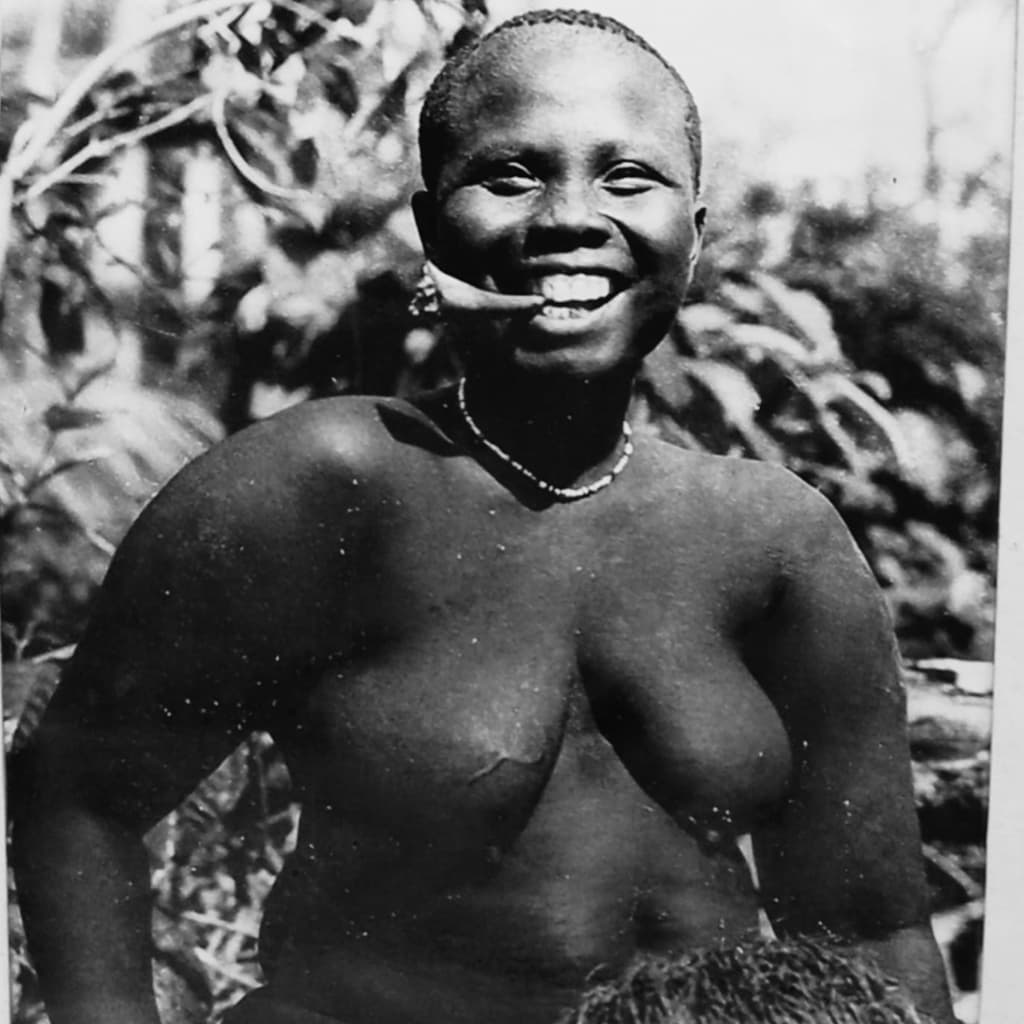
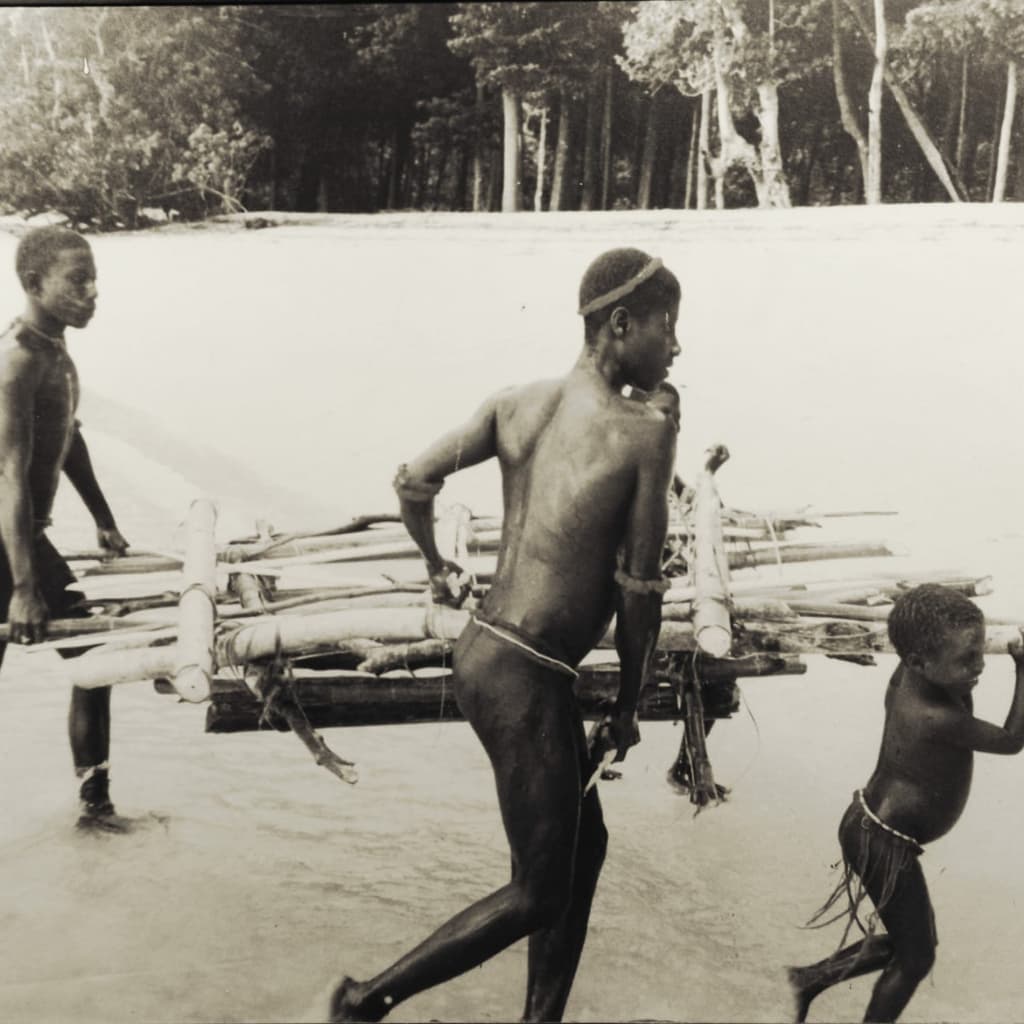
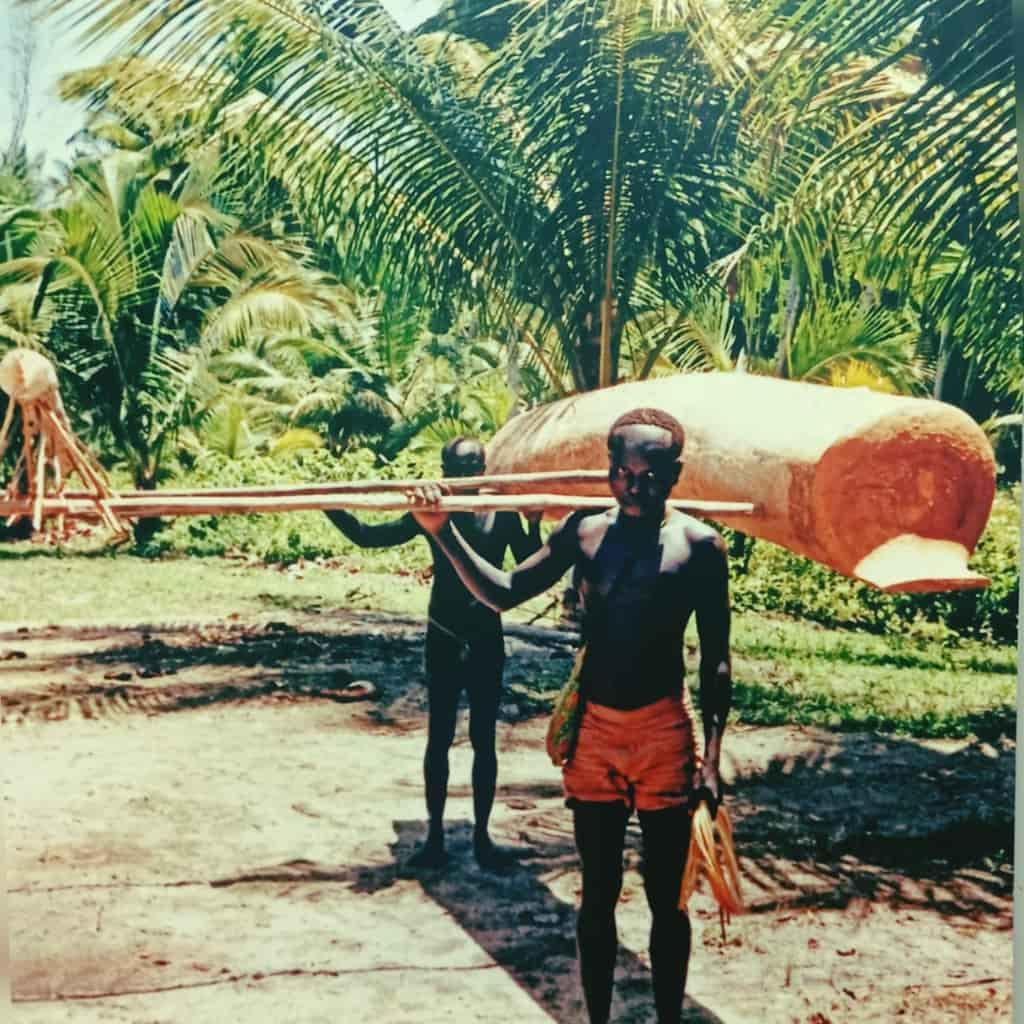
The Jarawa Tribe is one of the oldest tribes of the Andaman Islands. For a long time, they stayed away from outsiders to protect their unique culture and way of life.
Things began to change in 1974 when the Indian government started a program to build trust with the Jarawas. During this time, they allowed the first contact with people from outside their tribe, marking an important moment in their history.
Today, there are about 400 Jarawas. They live a nomadic life, moving from place to place and staying close to nature. They live in small groups in homes they call chaddhas. The Jarawas are excellent hunters and use bows and arrows to hunt animals like pigs, turtles, crabs, and fish. They also gather fruits, roots, tubers, and honey from the forests for food.
However, their way of life has faced problems. In the 1990s, a road called the Andaman Trunk Road was built through their land. This road made it easier for outsiders to enter their area, which brought challenges like exposure to diseases that the Jarawas are not used to fighting. These changes have raised concerns about their health and safety.
The Jarawas are a vital part of the Andaman Island’s history and culture, and efforts continue to protect their unique way of life.
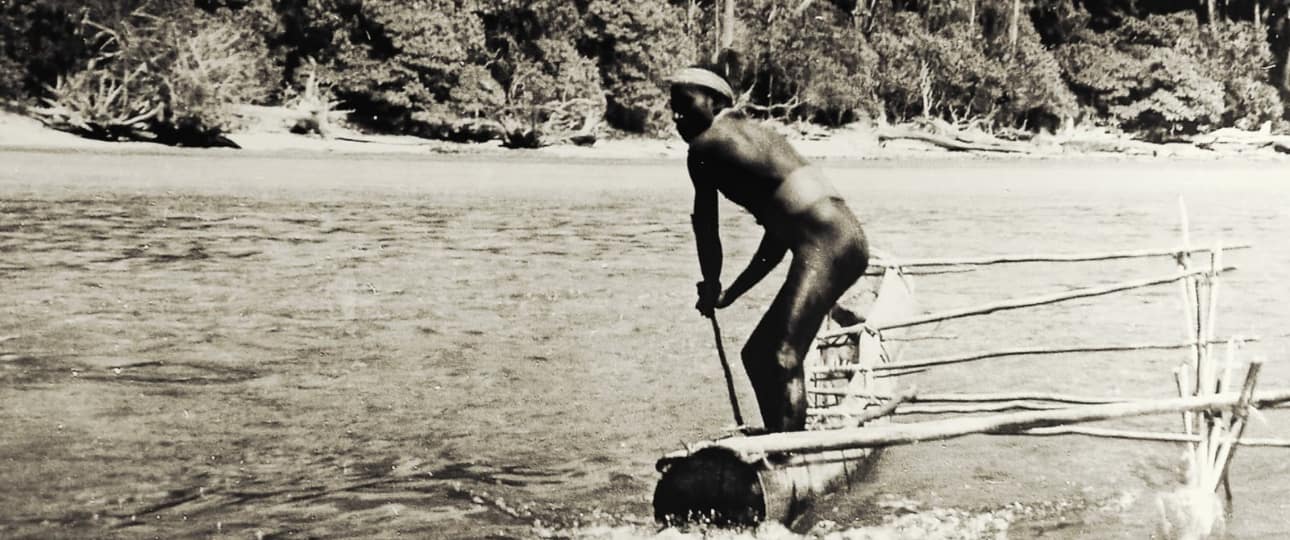
The Sentinelese Tribe lives on North Sentinel Island and is known as one of the most mysterious tribes in the world. They are famous for not wanting any contact with outsiders and fiercely protecting their privacy.
The Sentinelese live by hunting and gathering food. They rely a lot on the sea, catching animals like mud crabs and collecting shellfish for their meals.
Over the years, the Andaman administration has tried to make contact with them, but the Sentinelese usually refuse and often show hostility to keep outsiders away. In 1991, there was one rare moment when the tribe allowed friendly contact during a special expedition. However, they usually remain distrustful of strangers. A sad example of this was in 2018 when an American missionary, John Chau, was killed while trying to approach them.
The Indian government respects their wish to stay isolated and has made rules to protect their privacy. The North Sentinel Island is off-limits to everyone under the Aboriginal Tribes Act of 1956. According to the 2001 census, the Sentinelese population was estimated to be around 39.
The Sentinelese are a unique tribe who prefer to live on their own, reminding us of the importance of respecting their way of life.
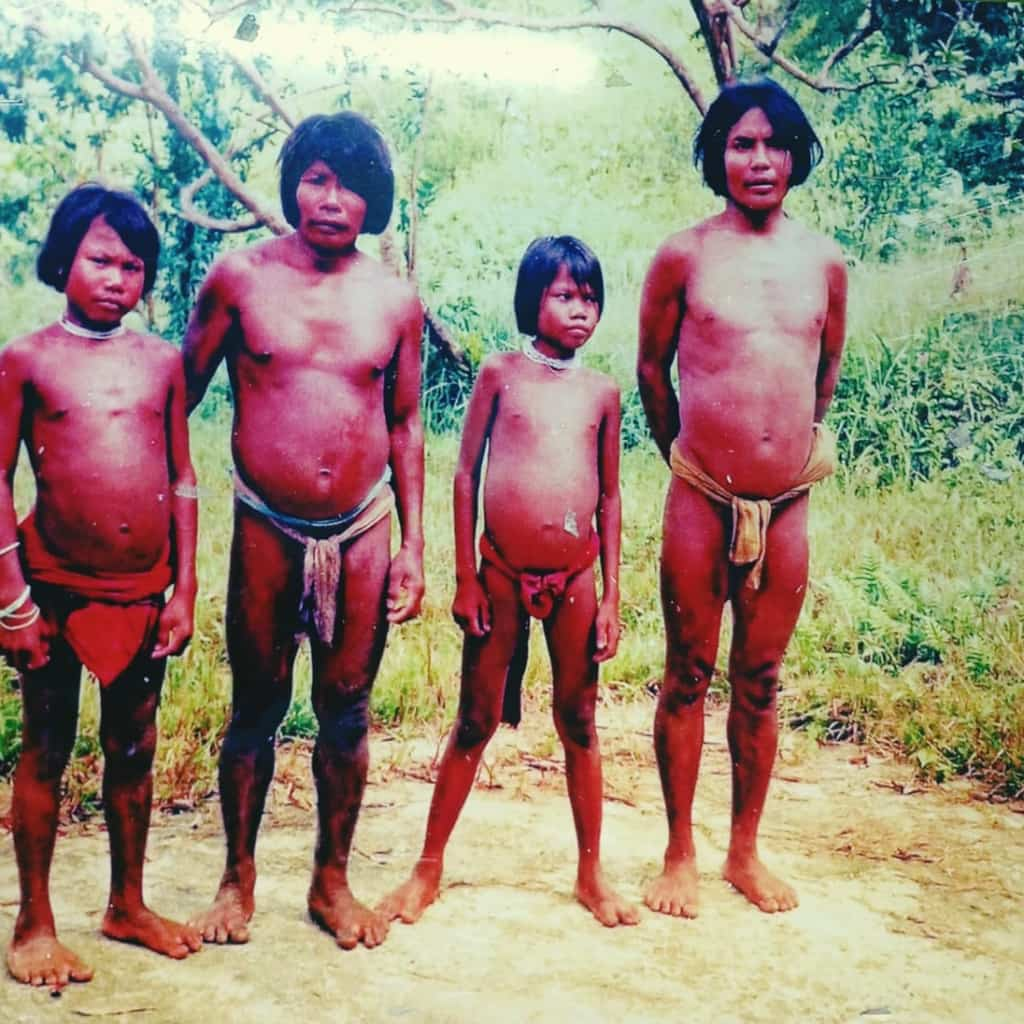
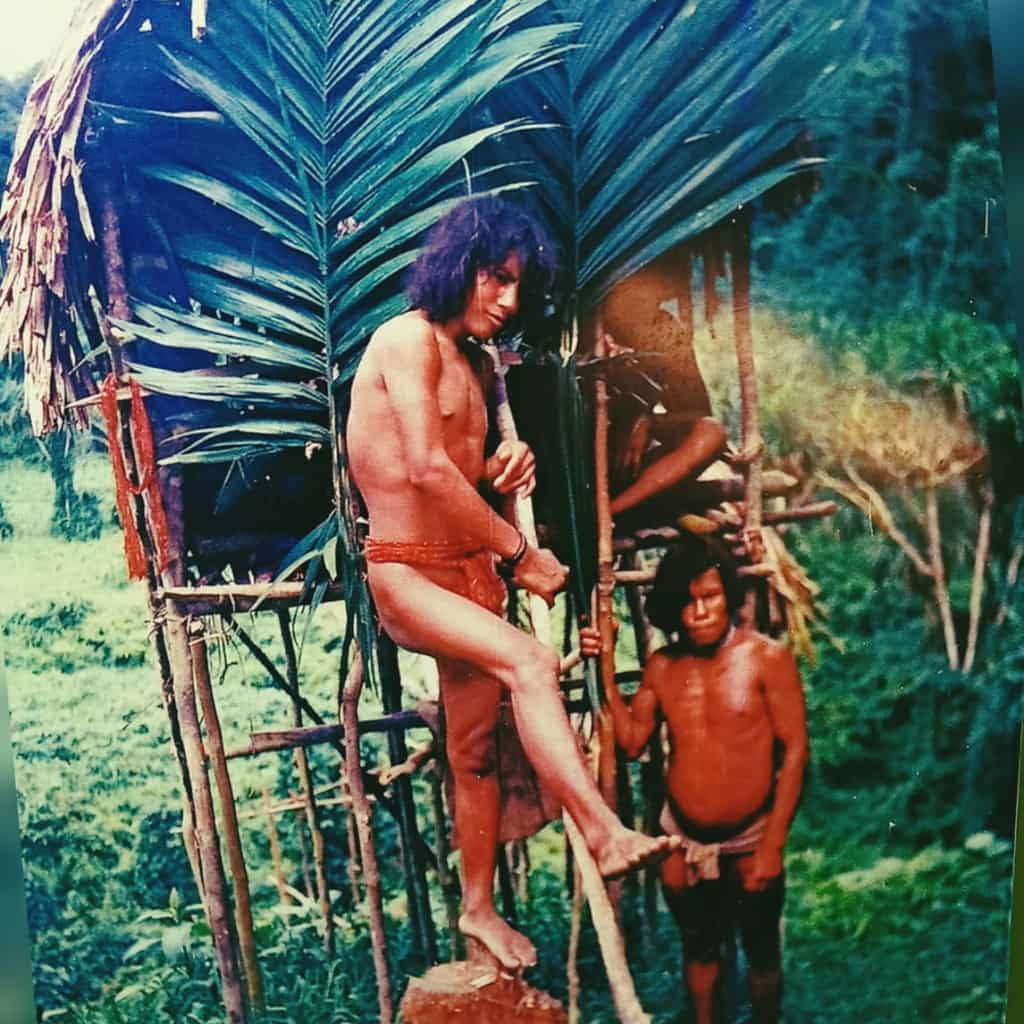
The Shompens live on the beautiful Great Nicobar Island, a part of the Andaman and Nicobar Islands. They are semi-nomadic, meaning they move around but also stay in certain areas. Their life is closely connected to nature, and they were first discovered by a Danish admiral named Steen Bille.
The Shompens eat food that comes from the forest and their surroundings. They eat yams, fruits, roots, vegetables, and also hunt animals like pigs and birds. The warm tropical weather of the island influences how they dress. Men wear short loincloths made from bark cloth, while women wear knee-length skirts and sometimes a shawl made of the same material. The Shompens also love decorating themselves, wearing bamboo earplugs, bead necklaces, and bamboo armbands.
Even though they don’t use modern technology, the Shompens have their own traditional tools like spears, fire drills, and hatchets, which they use for their daily needs.
However, their peaceful life is now facing problems because of the “Great Nicobar Project.” This project plans to develop the island, but it will affect the areas where the Shompens live. Almost half of the project’s area overlaps with the Tribal Reserve, and the arrival of more people could disturb the Shompens’ way of life.
The Shompens are a unique community, and it’s important to protect their culture and environment as development continues.
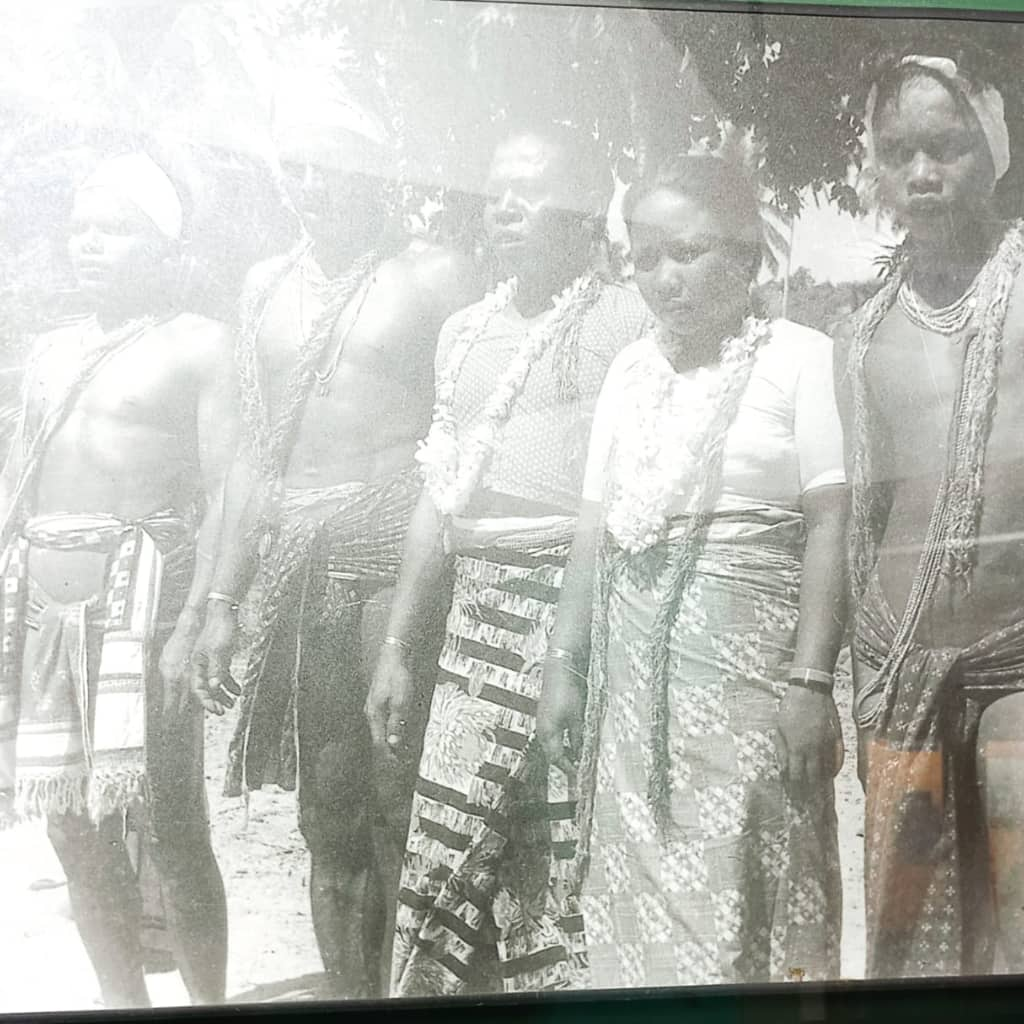
The Nicobarese Tribe lives in the beautiful Nicobar Islands, surrounded by sparkling blue waters. They are a lively community that depends on farming, raising pigs, and fishing for their daily life. The green environment of the islands helps them grow coconuts, pandanus, areca nut palms, and many types of fruits, which they also use to earn money.
While the Nicobarese were not the first people to live on these islands—they share the land with the earlier Shompen tribe—their culture is unique. They believe that spirits exist in everything around them, including nature and everyday objects, and this belief is often reflected in their art and traditions.
One special thing about the Nicobarese is their matrilineal society, where women have an important role. Women lead the community, and both men and women share responsibilities equally. This equality is not just a belief but a part of their everyday life.
Their houses are very interesting to look at—they are round and have dome-shaped roofs, arranged in neat and organized ways in their villages.
The Nicobarese are not just a group of people; they are keepers of ancient traditions that have been passed down for thousands of years. While the modern world moves fast, the Nicobarese remind us of a time when people lived in harmony with nature, showing us a simpler and more connected way of life.
The Negrito tribes are believed to be the first settlers of the Andaman Islands, arriving around 60,000 years ago. They originally came from Africa and are known for their dark skin and curly hair.
Yes, tourists must follow strict rules, such as no photography of the tribes, no direct interaction, and respecting boundaries set by the government to ensure the tribes’ safety and privacy.
The Andaman Trunk Road passes through Jarawa territory and is essential for connecting regions. However, travelers should follow strict government guidelines and avoid engaging with the tribes to ensure safety and respect their privacy.
No, direct interaction with the indigenous tribes like the Jarawa, Sentinelese, or Great Andamanese is prohibited by law to respect their privacy and protect their way of life. Travelers are advised to avoid any activity that could disturb the tribes.
Yes, North Sentinel Island is strictly off-limits to everyone, including travelers, under the Aboriginal Tribes Act of 1956, to protect the privacy and safety of the Sentinelese Tribe.
The Indian government has made North Sentinel Island off-limits to everyone under the Aboriginal Tribes Act of 1956, ensuring the Sentinelese Tribe’s privacy and safety.
The Sentinelese Tribe lives on North Sentinel Island and is known for their complete isolation. They avoid contact with outsiders and fiercely protect their privacy. They live by hunting, fishing, and gathering food from the forest and sea.
Yes, travelers can visit tribal museums like Anthropological and Samudrika Museums in Port Blair to learn about the traditions, lifestyles, and tools of the tribes, including the Shompens, Onges, Nicobaries, Jarwas and Great Andamanese.
While direct visits to Nicobar Islands are restricted, travelers can learn about the Nicobarese Tribe’s culture, including their matrilineal society and unique huts, through Anthroplogical and Samudrika Museums in Port Blair.
Prem Nagar, Near Kali Mandir, Sri Vijaya Puram (Port Blair), Andaman Island.
Our page has come to an end, but our relationship with you has not.